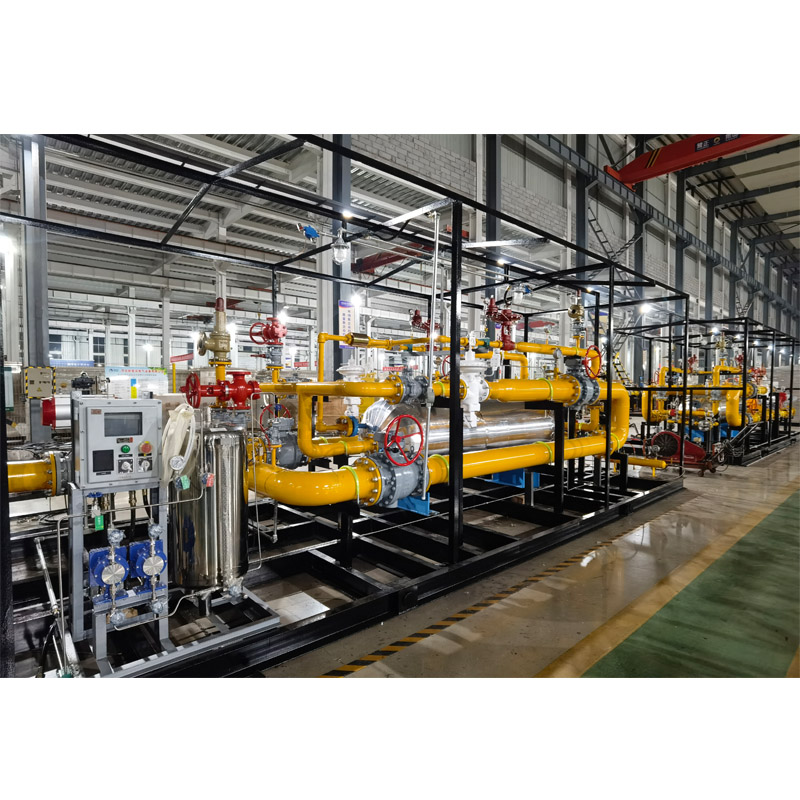
Dec . 04, 2024 16:37
Back to list
صمام التحكم الهوائي
Overview of Pneumatic Control Valves
Pneumatic control valves play a critical role in various industrial applications by regulating the flow and pressure of compressed air or gas. These valves are essential components of pneumatic systems, which utilize air pressure to perform mechanical work, and are widely used in manufacturing, automation, and process control industries.
What is a Pneumatic Control Valve?
A pneumatic control valve is a device that controls the flow of air or gas in a pneumatic system. It can modulate the pressure, flow rate, and direction of the compressed air, ensuring precise control over machinery and processes. These valves can be operated manually or automatically, with the latter being more common in automated systems. Automatic valves are typically controlled by a signal from a controller or a feedback system that monitors system performance.
Types of Pneumatic Control Valves
There are several types of pneumatic control valves, each designed for specific applications
1. Regulating Valves These valves maintain a constant output pressure or flow rate, which is crucial in applications where consistent performance is required. They adjust according to the variations in input pressure or demand.
2. On/Off Valves These are simple valves that either allow or block the flow of air. They are usually used to start or stop the operation of machinery or systems.
3. Throttle Valves Throttle valves control the rate of flow, providing a means to achieve various flow rates without completely stopping the flow of air or gas.
.
5. Flow Control Valves These are designed to regulate the flow of air in a system to ensure that the right amount is delivered to various components, improving efficiency and performance.
صمام التحكم الهوائي

Advantages of Pneumatic Control Valves
The use of pneumatic control valves in industrial applications offers several advantages
- Efficiency Pneumatic systems are generally more efficient than their hydraulic counterparts due to the lower viscosity of air, leading to quicker response times and less energy consumption.
- Simplicity Pneumatic systems are easier to maintain because they have fewer complex components compared to hydraulic systems. This simplicity translates to lower maintenance costs and less downtime.
- Safety Air is a safe medium compared to hydraulic fluids, which can leak and cause environmental hazards. Pneumatic systems also operate at lower pressures, reducing the risk of catastrophic failures.
- Speed Pneumatic valves respond quickly to changes in control signals, making them ideal for applications that require rapid action and precise control.
Applications in Industry
Pneumatic control valves are used in myriad applications across different industries. In manufacturing, they control the operation of tools and machines, while in automation, they direct the movement of robotic arms and conveyors. The food and beverage industry utilizes these valves for controlling processes in packaging and bottling. Similarly, in the aerospace sector, pneumatic systems are integral to tasks such as aircraft wing flaps and landing gear operations.
Conclusion
Pneumatic control valves are essential for the efficient and precise operation of pneumatic systems in various industrial applications. Their ability to regulate air flow and pressure contributes significantly to the performance of machinery and processes. With advancements in technology, the design and functionality of these valves have evolved, making them more reliable and versatile in meeting the demands of modern industry. As industries continue to innovate, the importance of pneumatic control valves remains paramount in achieving higher efficiency and productivity.
Next:
Latest news
-
Safety Valve Spring-Loaded Design Overpressure ProtectionNewsJul.25,2025
-
Precision Voltage Regulator AC5 Accuracy Grade PerformanceNewsJul.25,2025
-
Natural Gas Pressure Regulating Skid Industrial Pipeline ApplicationsNewsJul.25,2025
-
Natural Gas Filter Stainless Steel Mesh Element DesignNewsJul.25,2025
-
Gas Pressure Regulator Valve Direct-Acting Spring-Loaded DesignNewsJul.25,2025
-
Decompression Equipment Multi-Stage Heat Exchange System DesignNewsJul.25,2025

